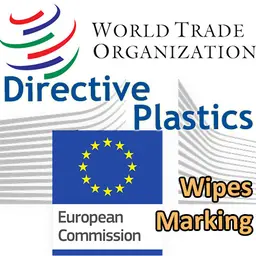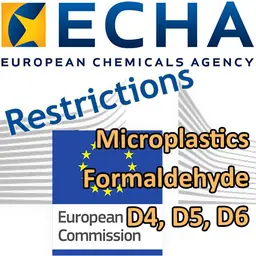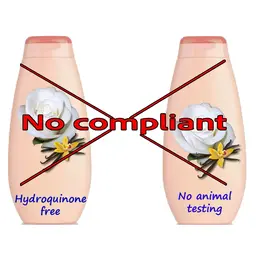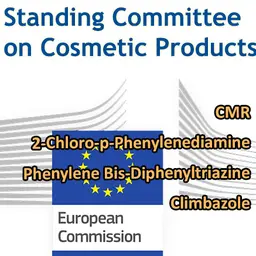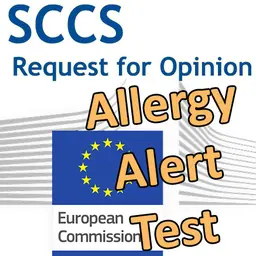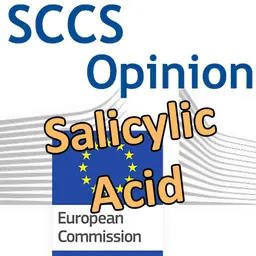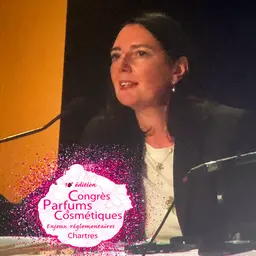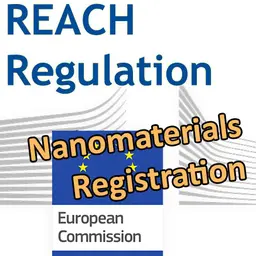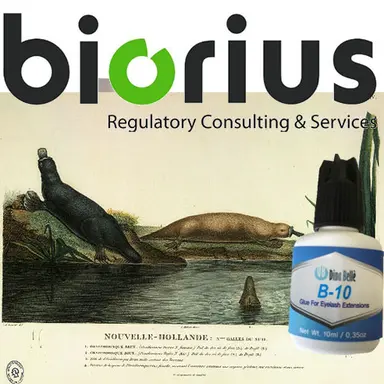
In their 6th annual report dated February 9th 2018, RAPEX mention the marketing ban on a false nail glue containing hydroquinone, which classifies it in the category of cosmetic products. Glue, a cosmetic product? This classification surprised CosmeticOBS, so we asked for the opinion of a regulations specialist. Who would have thought Dr Frédéric Lebreux, Biorius Chief Operating Officer, would give us an answer based on an analogy with the platypus? His explanation is actually charming, and quite relevant from a regulatory standpoint!
If, today, we know for sure that the platypus is a mammalian, its duck beak, venomous stinger, and the eggs it lays make it a bit shifty, and its classification was no picnic: when the New South Wales governor¹ had fur and drawings of the first platypus discovered sent to Great Britain, scientists were first convinced it was a hoax.
It is a great honour for false nail glues to be compared to the subtle platypus oddness. And yet, their true nature was also an issue. In fact, within the European Union and in many other regions, a cosmetic product is defined according to three characteristics: what it is, what it does, and what it has an action on. As an example, Article 2 §1(a) of European Cosmetics Regulation (EC) no 1223/2009 may be summed up as follows:
| Shape | Application | Function |
|---|---|---|
|
• Substance(s) • Mixture of substances |
• Epidermis • Hair system • Nails • Lips • External genital organs • Teeth • Mucous membranes of the oral cavity |
• Cleanse • Perfume • Change the appearance • Protect … |



